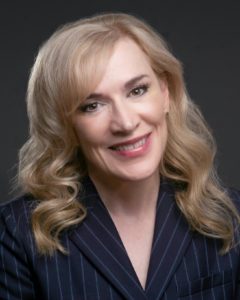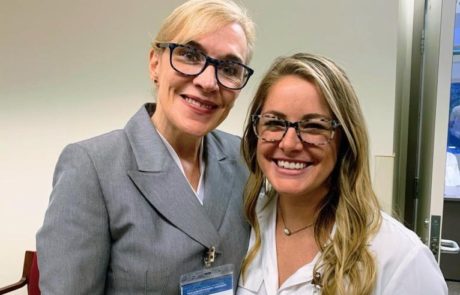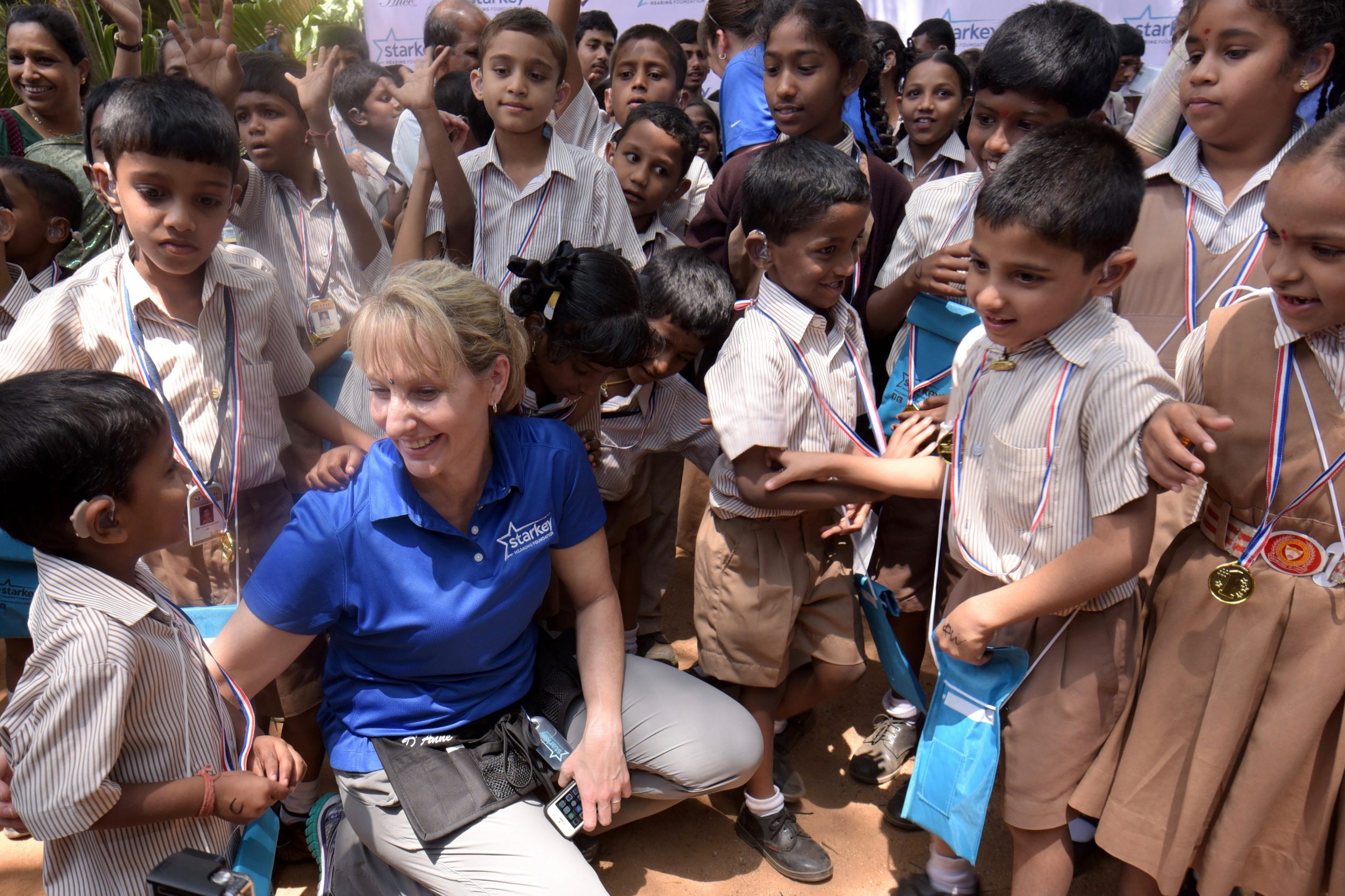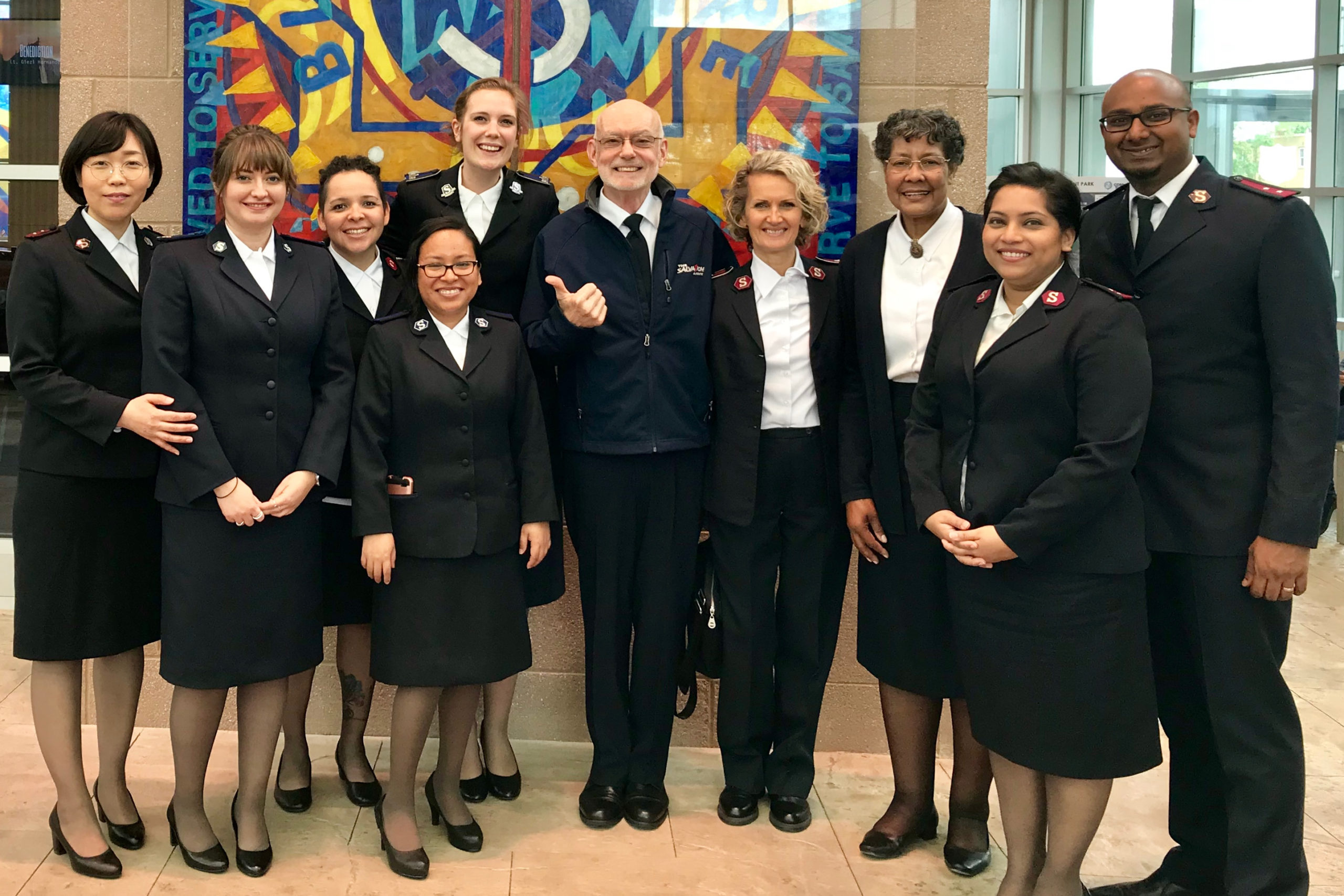Podcast: Play in new window | Download
Subscribe: Apple Podcasts | Spotify | RSS

In this episode, Dr. Linda Rozell-Shannon, President and founder of the Vascular Birthmarks Foundation, talks about her inspiring work advocating for the accurate diagnosis and appropriate treatment of Vascular Birthmarks.
Linda Rozell-Shannon, PhD is the President and founder of the Vascular Birthmarks Foundation. She has her Phd in Education, her Master of Science in Health Education, and has been a freelance writer and analyst for over 25 years. In 1994, after her daughter, Christine Mary Shannon, was diagnosed with a hemangioma, Linda began researching and writing information on vascular birthmarks, creating what is now known as the Vascular Birthmarks Foundation (VBF).
In 1995, Linda met Dr. Milton Waner of the Arkansas Children’s Hospital. After he successfully removed her daughter’s hemangioma in a single out-patient surgical procedure, she partnered with Dr. Waner to write the only book for parents on birthmarks. Since its inception in 1994, VBF has successfully networked thousands of children and adults into treatment, sponsored significant research, educated physicians and affected family members about the diagnosis and treatment of vascular birthmarks, and established chapters all over the world.

The Vascular Birthmarks Foundation (VBF) is an international charitable organization that networks those affected by a vascular birthmark, anomaly, tumor or syndrome to the appropriate medical professionals for evaluation and treatment. VBF also educates physicians and affected families regarding treatment options, supports relevant research, mobilizes medical missions, and empowers those living with vascular birthmarks.
One in ten children are born with a vascular birthmark, or 400,000, each year in the United States (based on the 2003 census). Of these infants, 1 in 10, or 40,000 are born with a vascular birthmark that will require the opinion of a medical specialist. There are two categories of vascular birthmarks: hemangiomas, which are the most common tumor of infancy, and vascular malformations. These two categories, while related, are very different. It is very important to know the difference because the treatment is different depending on the lesion type.
Traditional medical protocol in years past was to allow these potentially disfiguring and dangerous lesions to grow and “wait” for regression or involution to occur. New data indicates that most of these lesions do not regress to a cosmetically acceptable appearance, and will, therefore, require some form of corrective surgery. As a result, there is a concerted effort on the part of several prominent physicians and research specialists to change the old “benign neglect” protocol to require more aggressive early intervention. Additionally, almost all benign vascular lesions have been called “hemangiomas.” However, many are actually vascular malformations. It is important to have an accurate diagnosis since hemangiomas will regress but vascular malformations will continue to grow. VBF is dedicated to provide the most accurate and up to date information on the proper diagnosis and treatment of hemangiomas and other vascular birthmarks. This information is not only important for parents, it is critical for physicians and other health care providers.
To learn more, visit www.birthmark.org
Difference Makers
Individuals who make a difference through innovative and inspiring charity work







